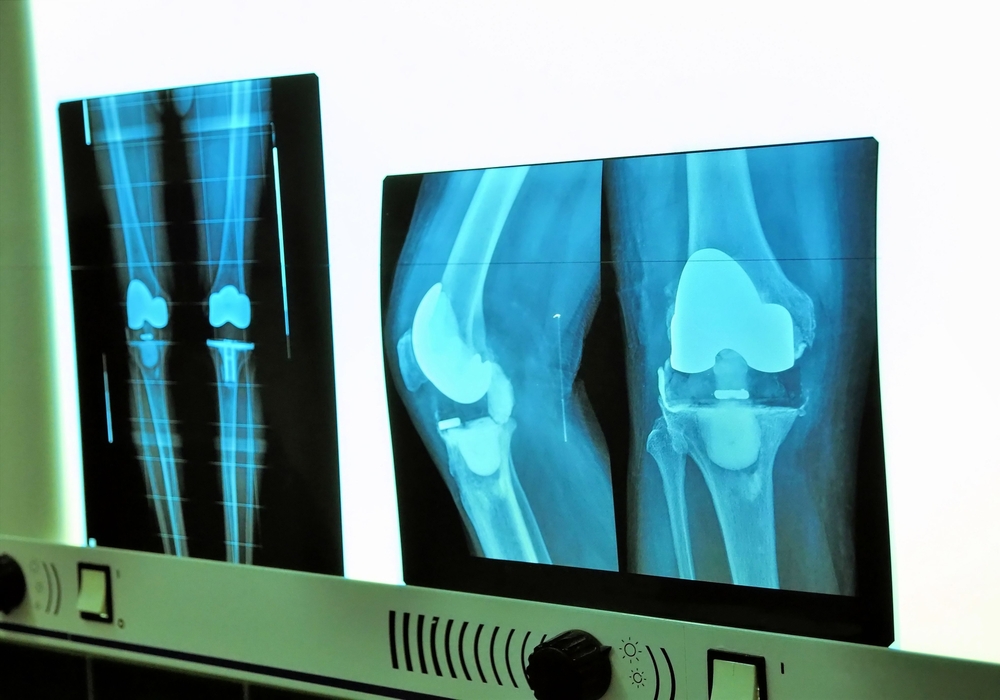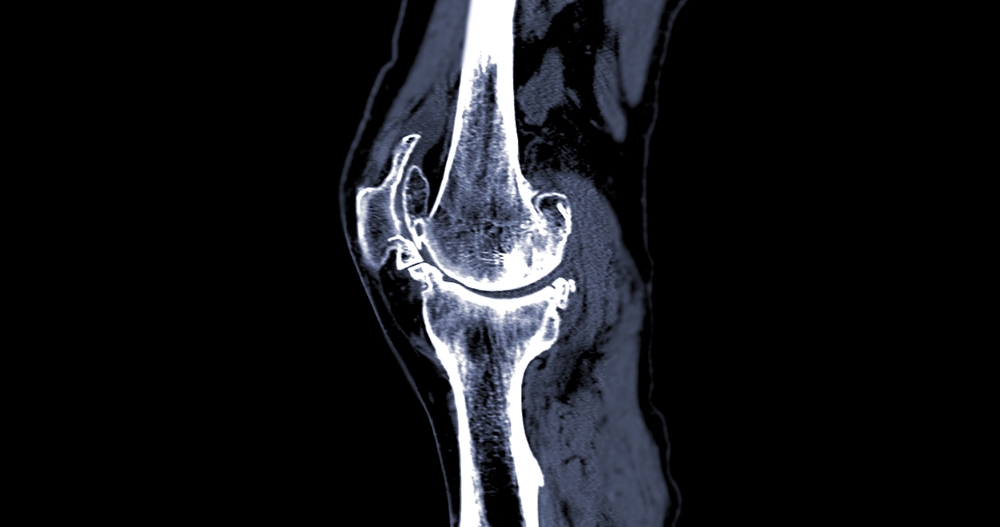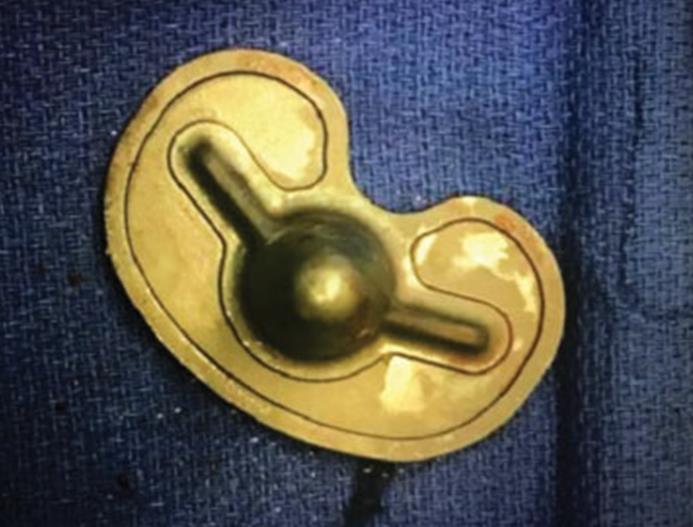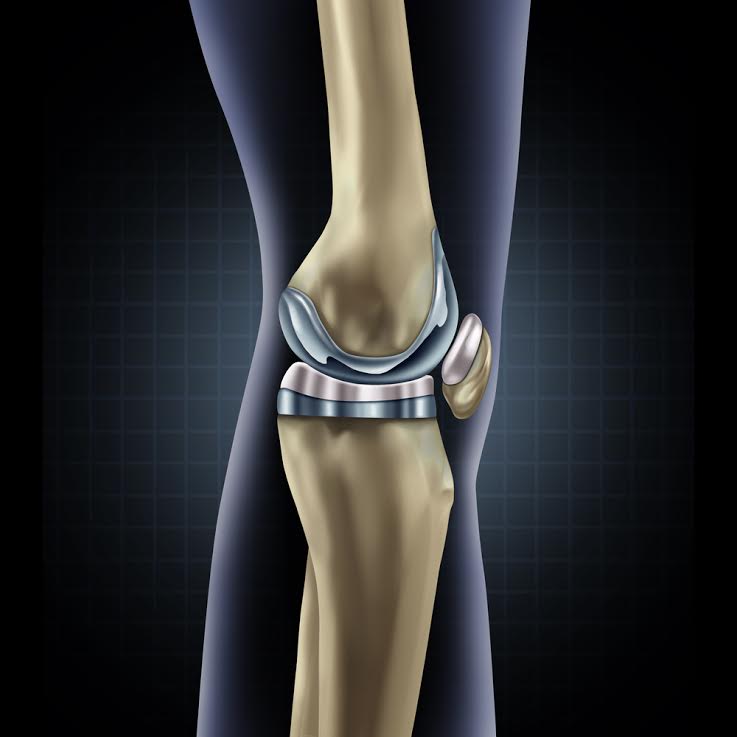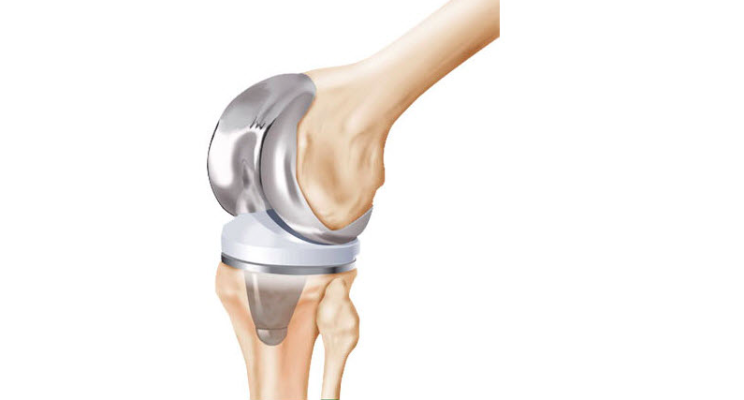A knee replacement should last a long time – a lifetime, if lucky. However, as years pass, the mechanical components of an artificial knee replacement may wear down and loosen. That includes the section known as the base plate. After infection, implant loosening is the most prevalent reason for total knee replacement failure.
What is the Base Plate in a Knee Replacement?
The metal base plate is the part of an implant that attaches to the shinbone, or tibia, in a total knee replacement. Tibial base plates come in two different varieties, symmetric and asymmetric. The base plate is secured with a plastic bearing along with a metal cap attached to the thigh bone, or femur. Usually, there is a plastic button attached to the underside of the patella, or kneecap. Surgeons use bone cement to ensure each component stays attached to the bone in question.
A study published in the September 2017 edition of Clinics in Orthopedic Surgery concludes that “the symmetric tibial base plate design was more effective than the asymmetric design in providing the ideal tibial rotation and coverage.”
Base Plate Loosening and Failure
In many instances, base plate loosening occurs at the interface of the cement and the implant. Base plate loosening is confirmed via radiographs, where it is generally easy to see if the metal is separating from the bone. Certain manufacturers have base plates that loosen more often than their competitors. Some brands even received government-issued warnings or recalls over the years.
If possible, before undergoing total knee replacement surgery, ask the surgeon about the types of implants used and their failure rates. There is usually a good reason a surgeon chooses one type or brand over another, but it is important for patients to know about additional risk factors and why a surgeon considers a certain brand the best choice for them.
Base Plate Failure Symptoms
Pain is the primary symptom of a loosening base plate. The pain may occur only when the patient begins walking or gets up from a prone position, or can hurt with every step. Any knee replacement patient experiencing pain should always contact their orthopedic surgeon, no matter how many years – or even decades – it has been since their initial operation.
Other symptoms indicating potential base plate loosening include:
- Joint stiffness
- Knee instability
- Limping
Base Plate Failure Due to Sizing
If the base plate loosens within a year or two of the original surgery, it is possible that the base plate used was too small for that patient. A smaller base plate may cause not only loosening but also collapse and an increased risk of plateau fractures. On the other hand, too large a base plate can result in constant pain and range-of-motion restriction.
Please Note: CSS Firm is no longer accepting or investigating new knee implant claims at this time. This article is for educational purposes only.


